Apple iPhone 14 changed the perception of satellites as military equipment for good, when he made it possible to send SOS messages through them and thus brought them closer to ordinary people. Qualcomm and Google are developing Snapdragon Satellite, and Samsung announced a new Exynos chip also capable of properly communicating through satellites. Now MediaTek also wants to profit from the popular technology.
If you're not familiar with the issue, Apple's implementation allows its iPhone 14 to contact emergency services in the absence of a cellular connection using a feature called Emergency SOS. This connects the phone to a network of low earth orbit (LEO) satellites and transmits informace about the incident to paramedics and emergency contacts. MediaTek's implementation, on the other hand, will let you message virtually anyone and receive replies almost as if you were using your regular text messaging app, similar to what Samsung introduced last week.
You could be interested in

The MT6825 chip supports two-way satellite messaging over non-terrestrial networks (NTNs) and is compatible with the R17 NTN open standard recently created by the 3rd Generation Partnership Project (3GPP). Any manufacturer can use it. It is interesting that it will not focus only on LEO satellites like Apple or perhaps on Starlink, instead devices using this chip can connect to geostationary satellites that orbit the Earth at a distance of more than 37 km. Despite communicating over such a long distance, MediaTek says its new chip has minimal system requirements and is very energy efficient.
MediaTek has joined forces with British telecom brand Bullitt to pair the new MT6825 chip with the Bullitt Satellite Connect platform, which already enables satellite communications on the new Motorola Defy 2 and CAT S75 smartphones. The third device is essentially a satellite Bluetooth hotspot – the Motorola Defy Satellite Link and will enable any device Android or iOS send and receive messages over the Bullitt Satellite Connect network.
Android 14 will already support basic NTN networks, so hardware manufacturers are now scrambling to get ahead Apple with their two-way satellite communications. Thanks to the joint efforts of Google, Qualcomm, Samsung and now MediaTek, it is clear that some of the best phones Android in the coming years they will have satellite connections that will easily surpass Apple's. That is, at least if the American company keeps it as it is and does not try to expand it to the desired two-way communication.

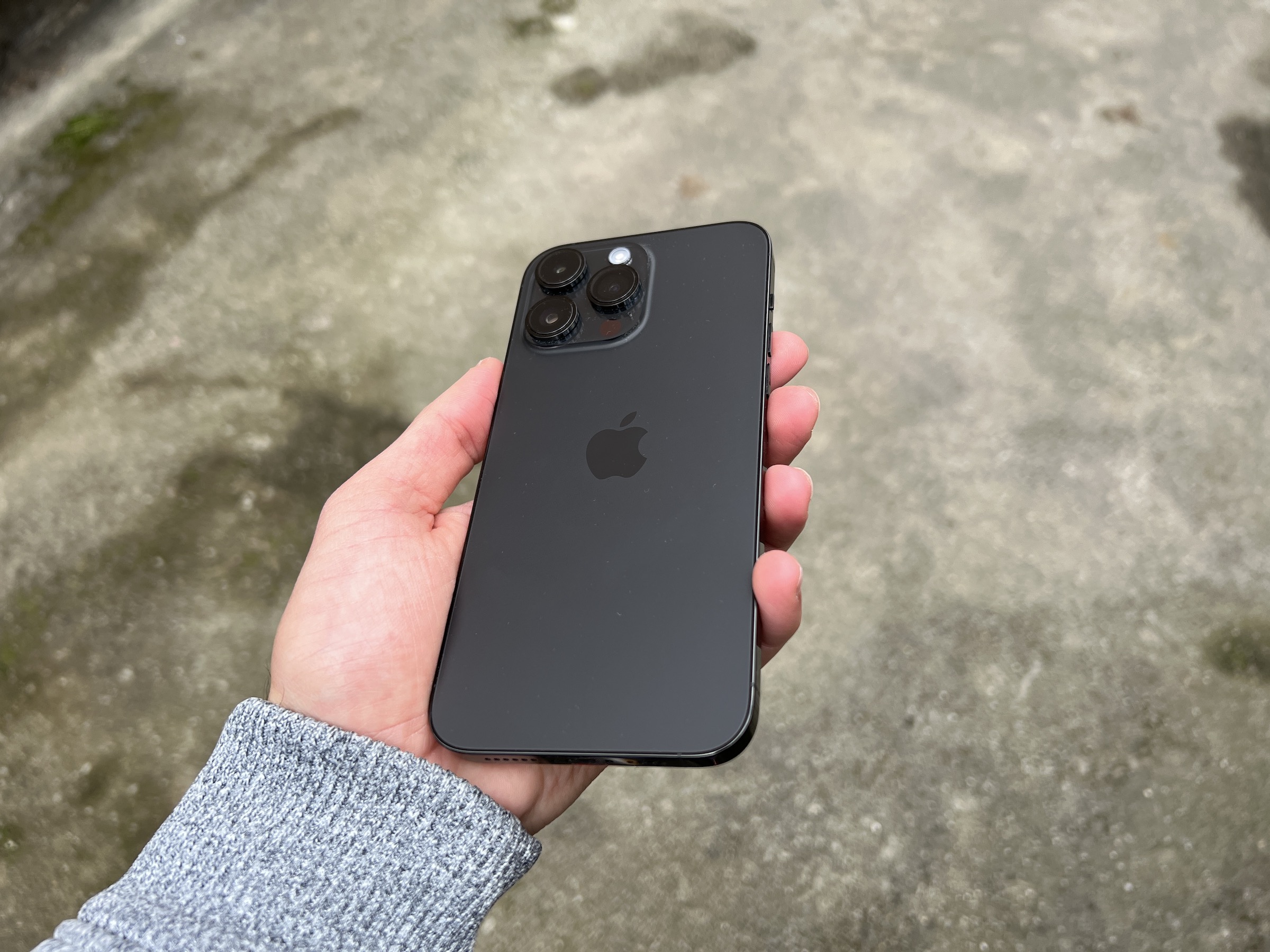
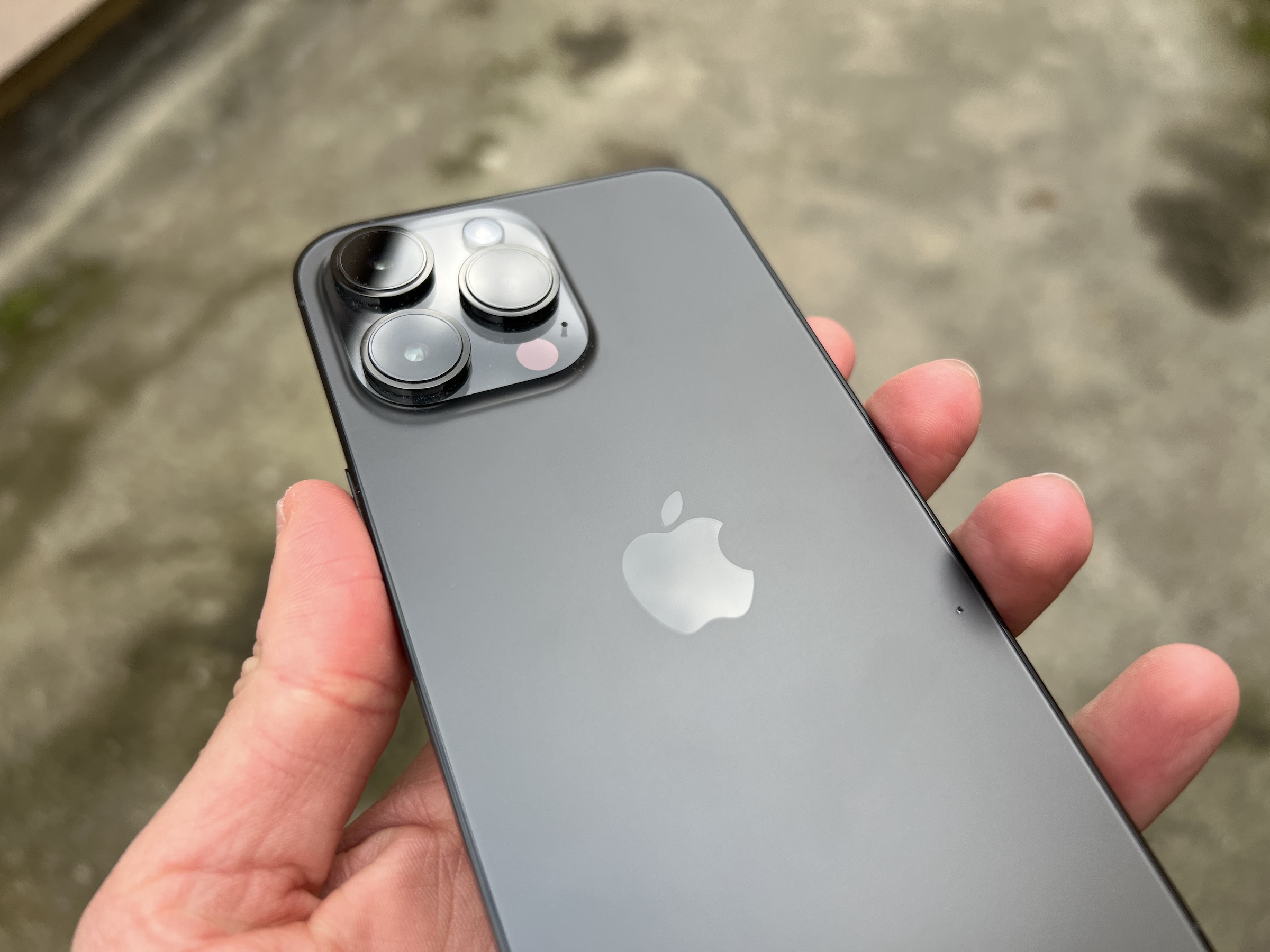
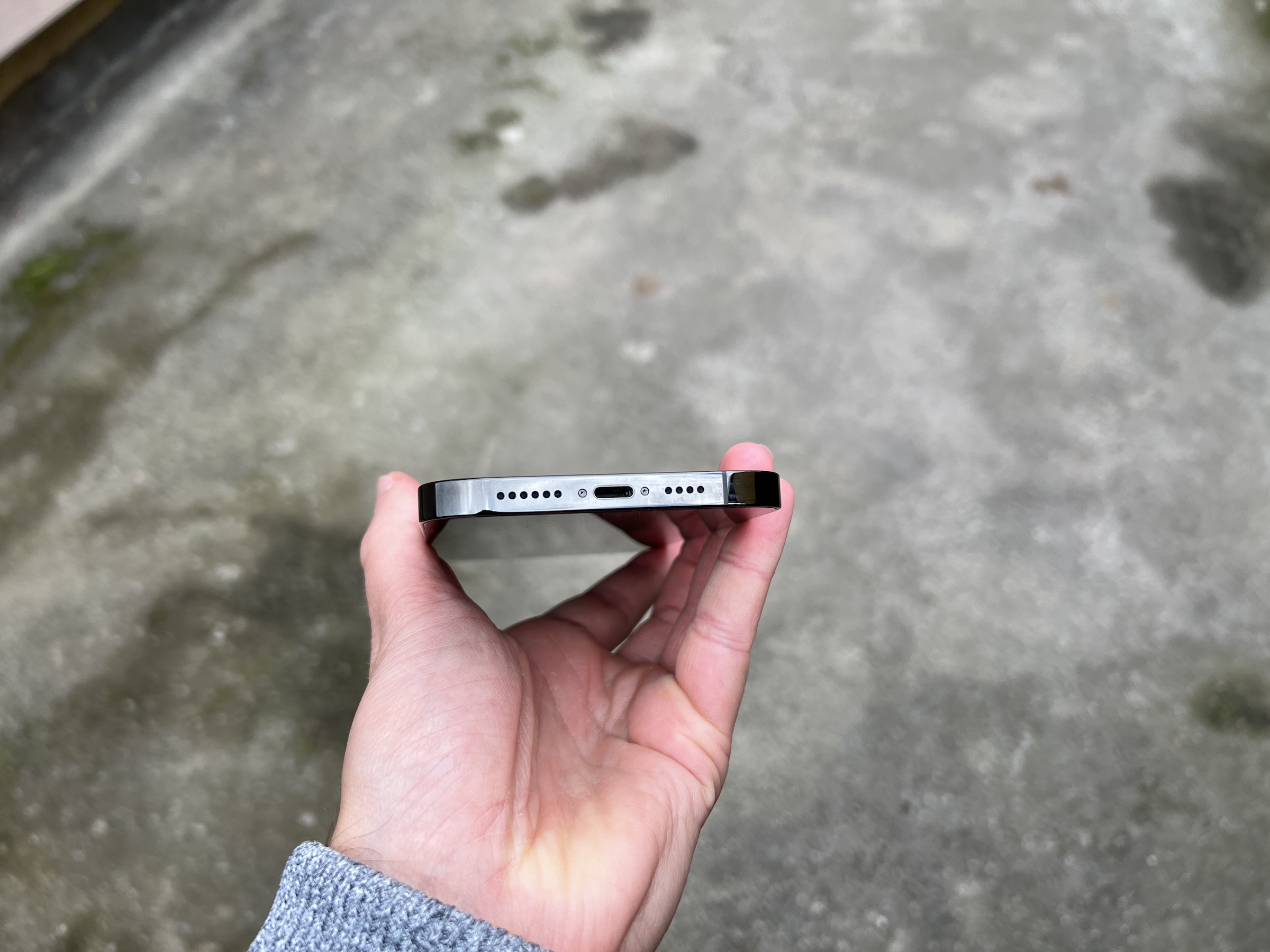

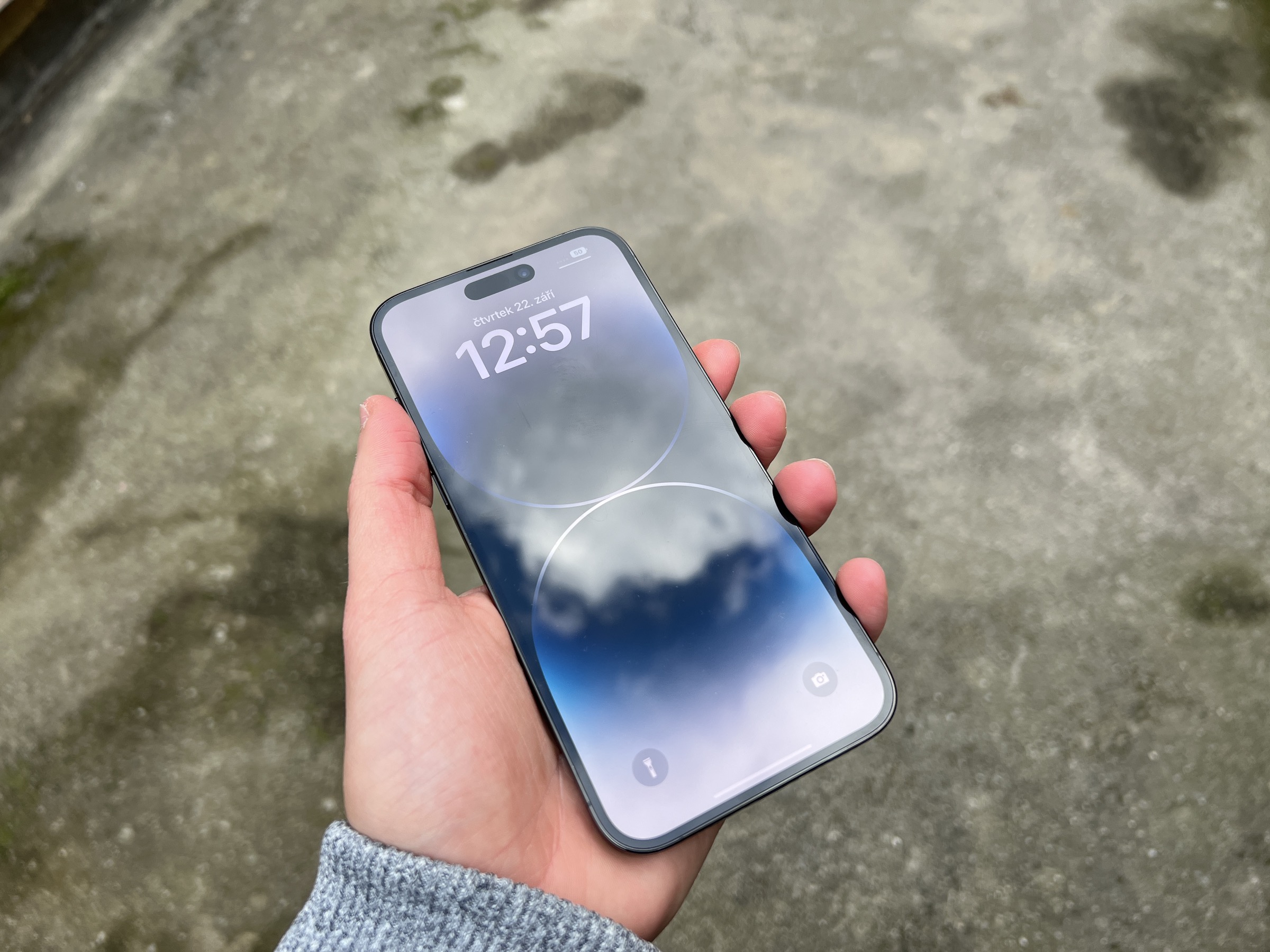
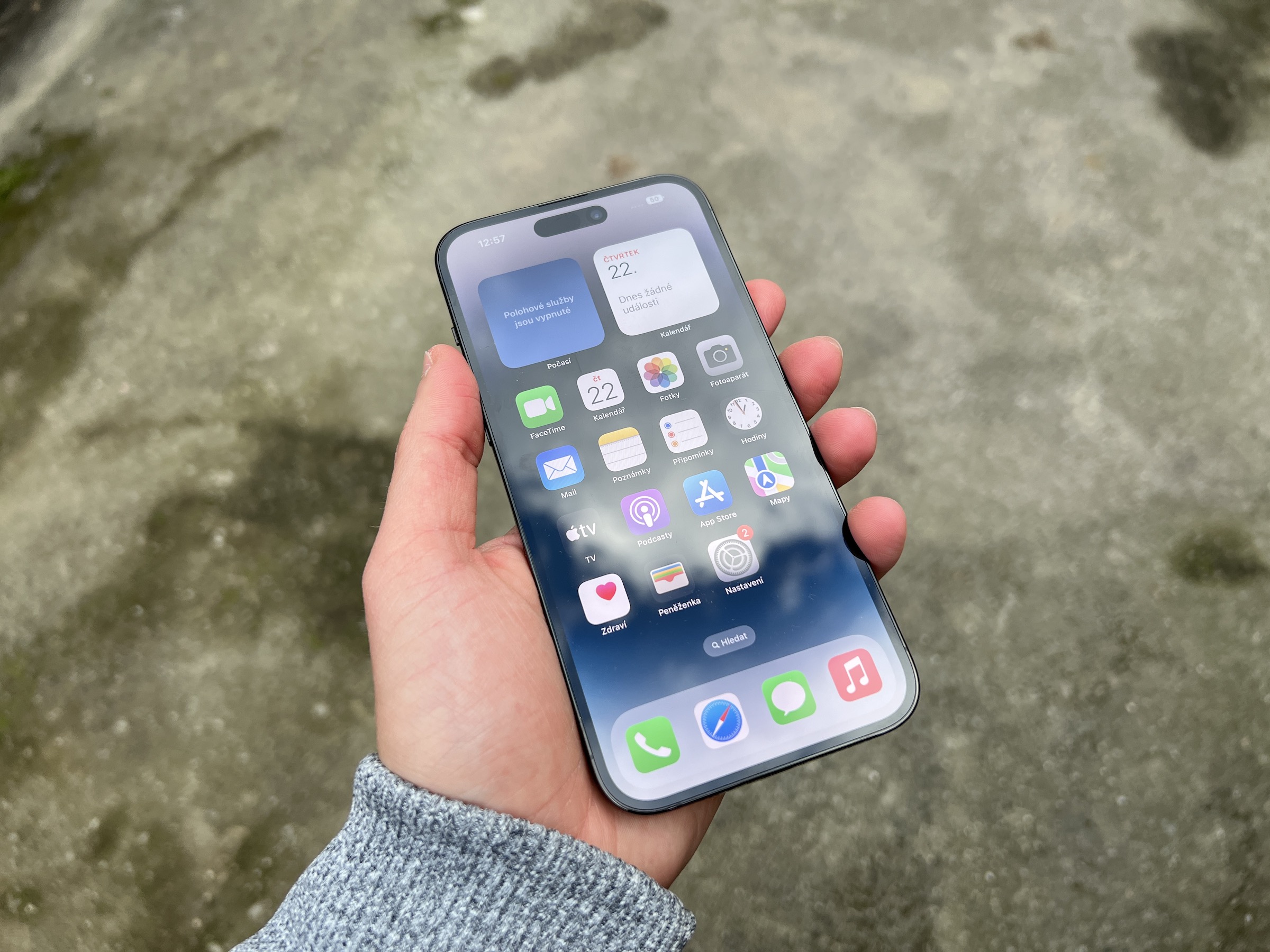
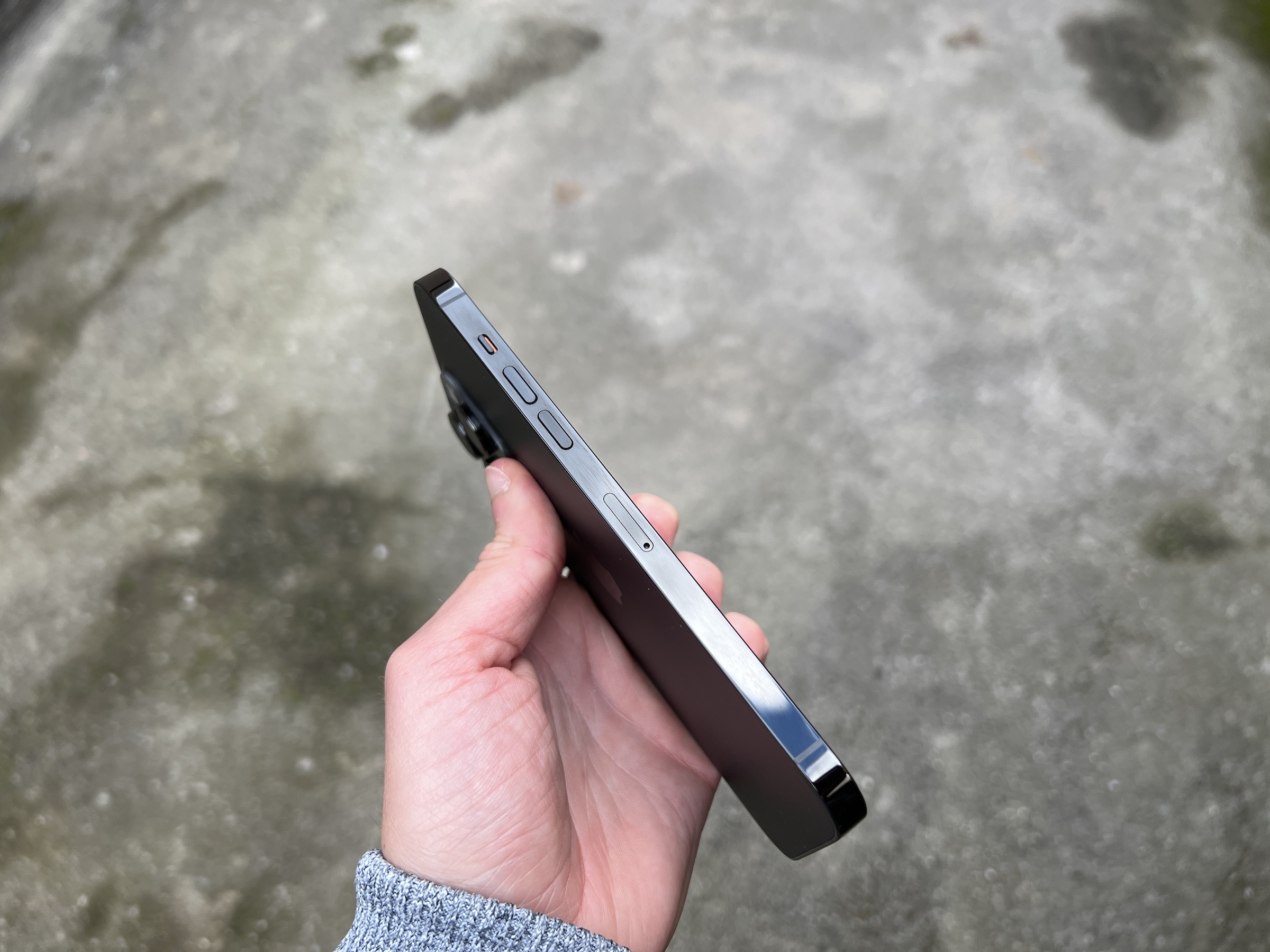
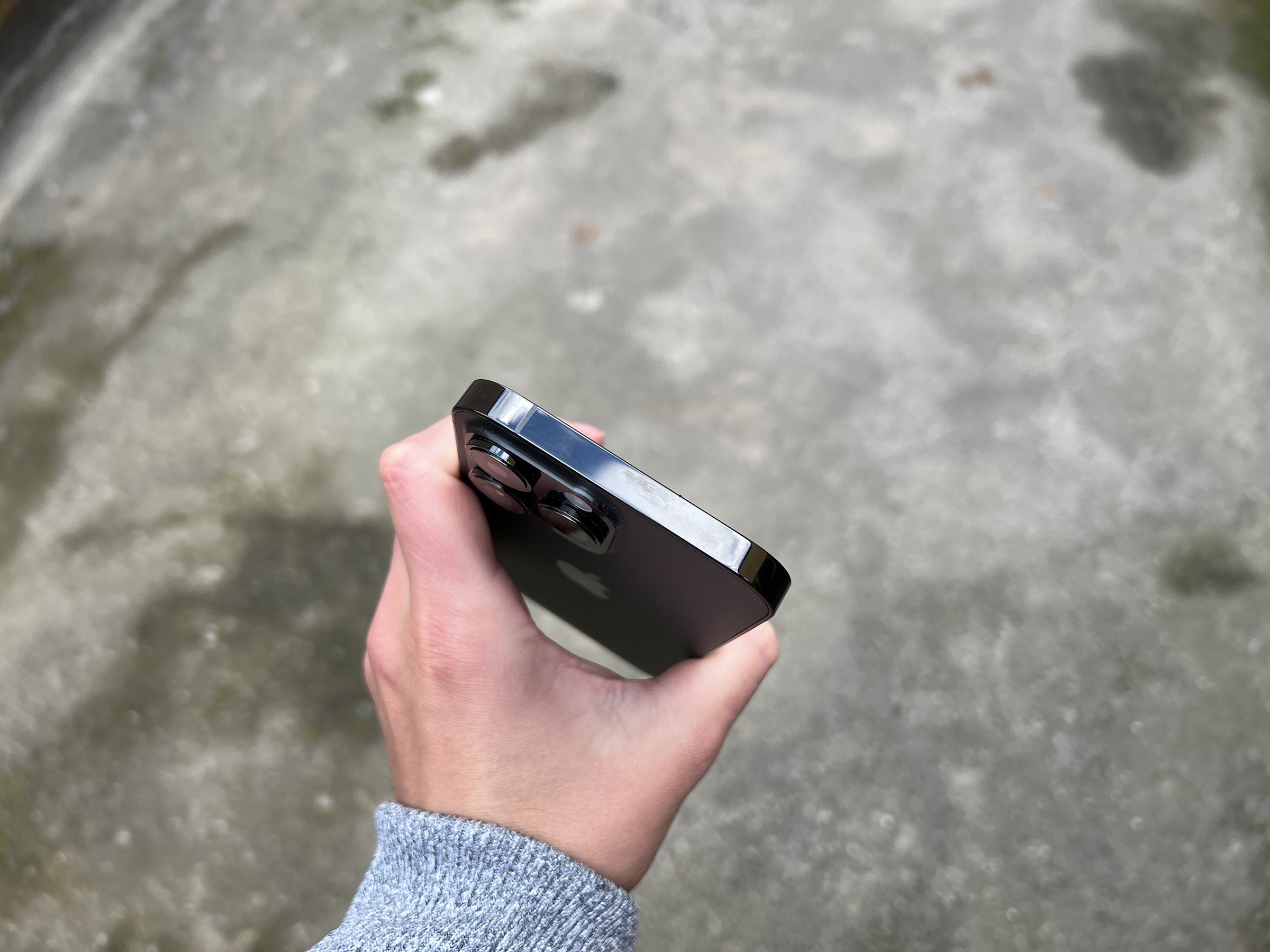
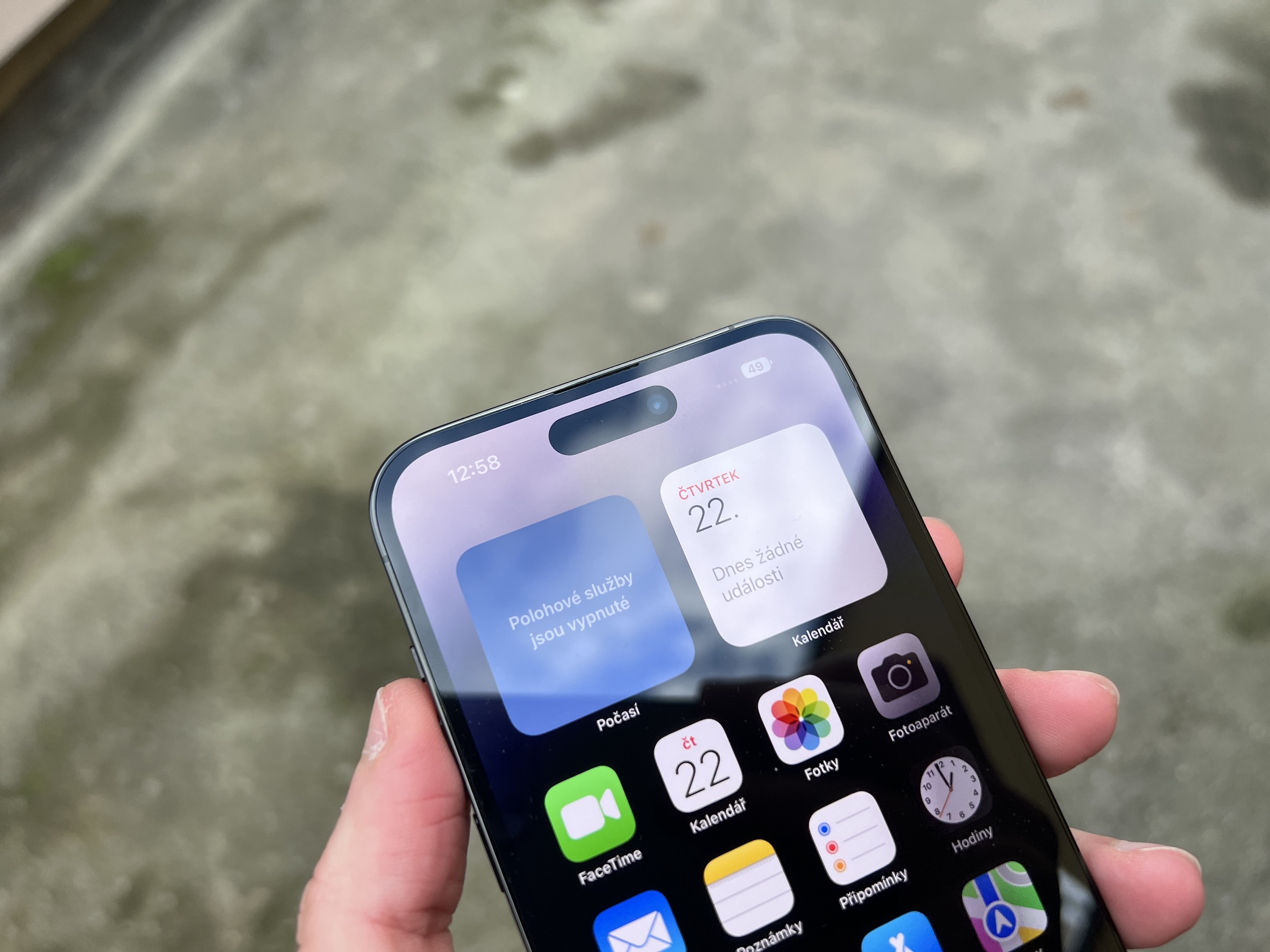
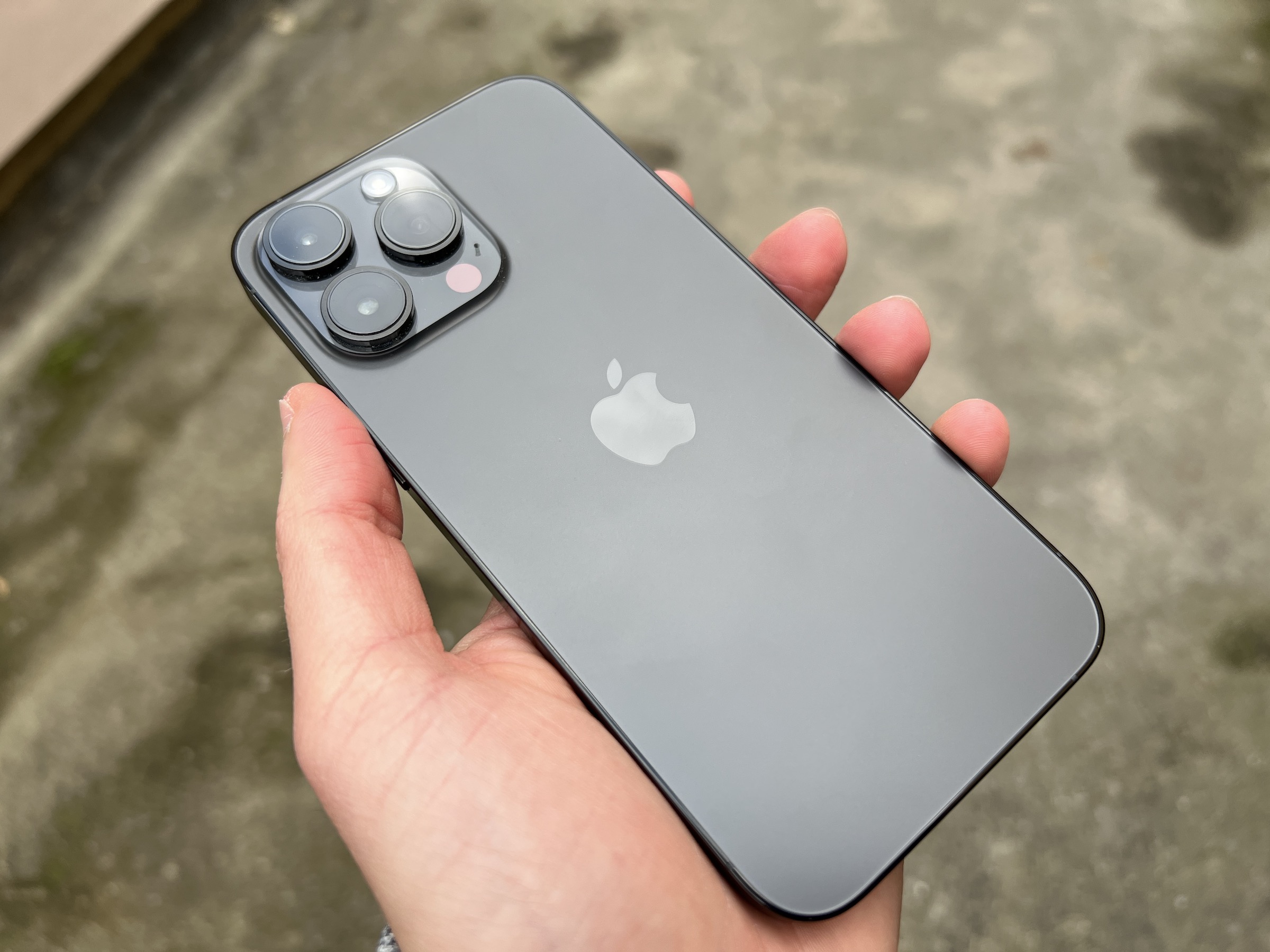
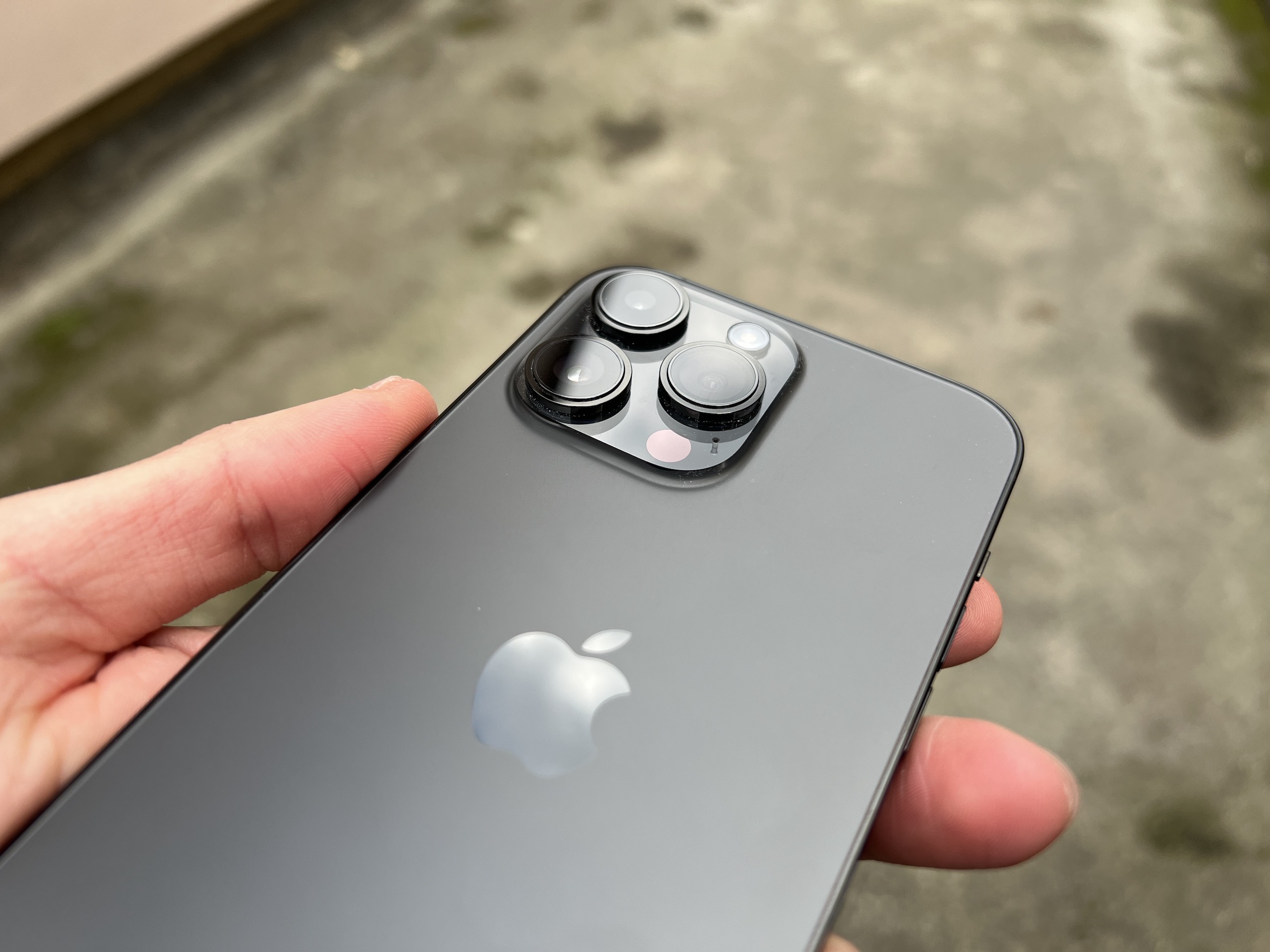
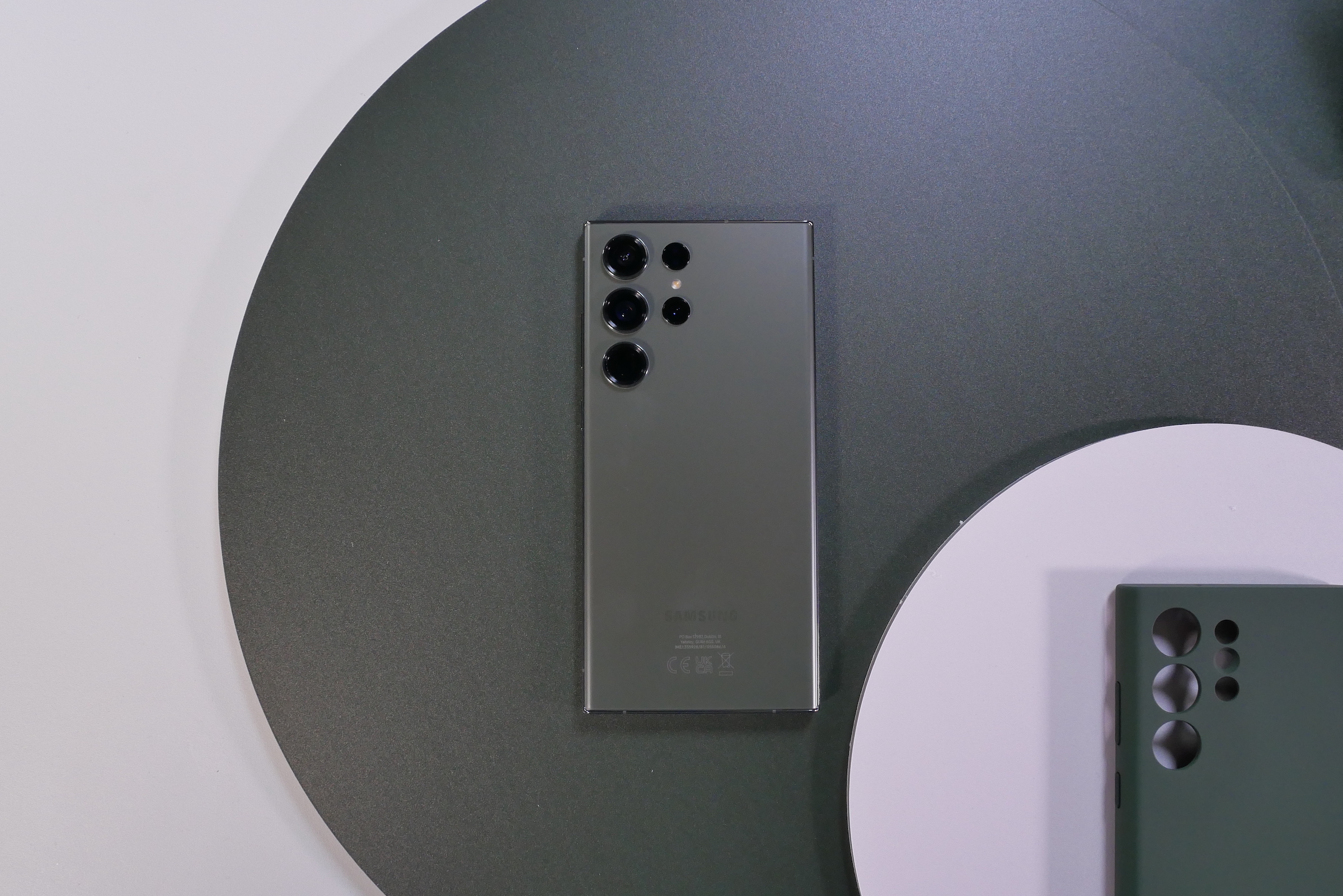
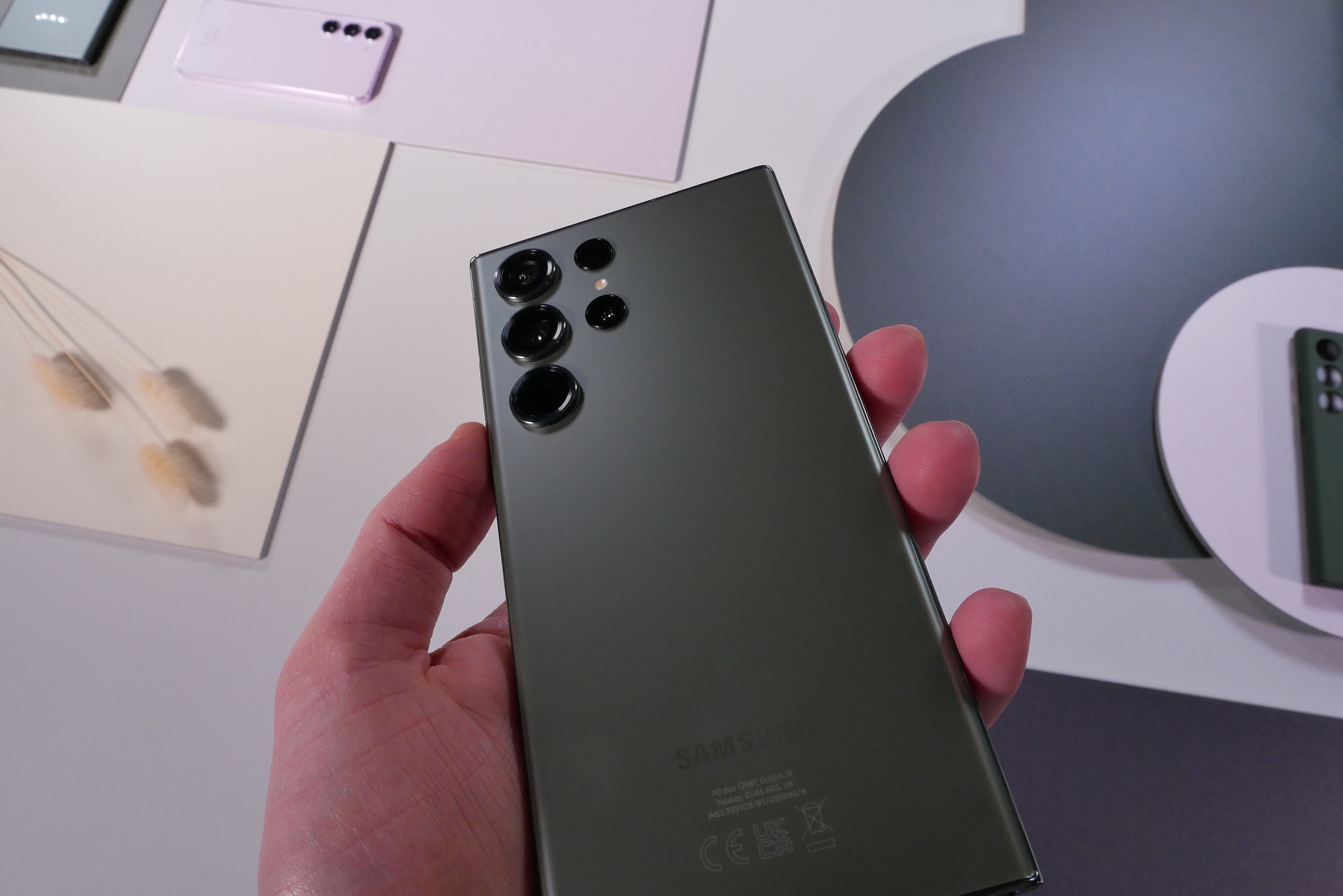
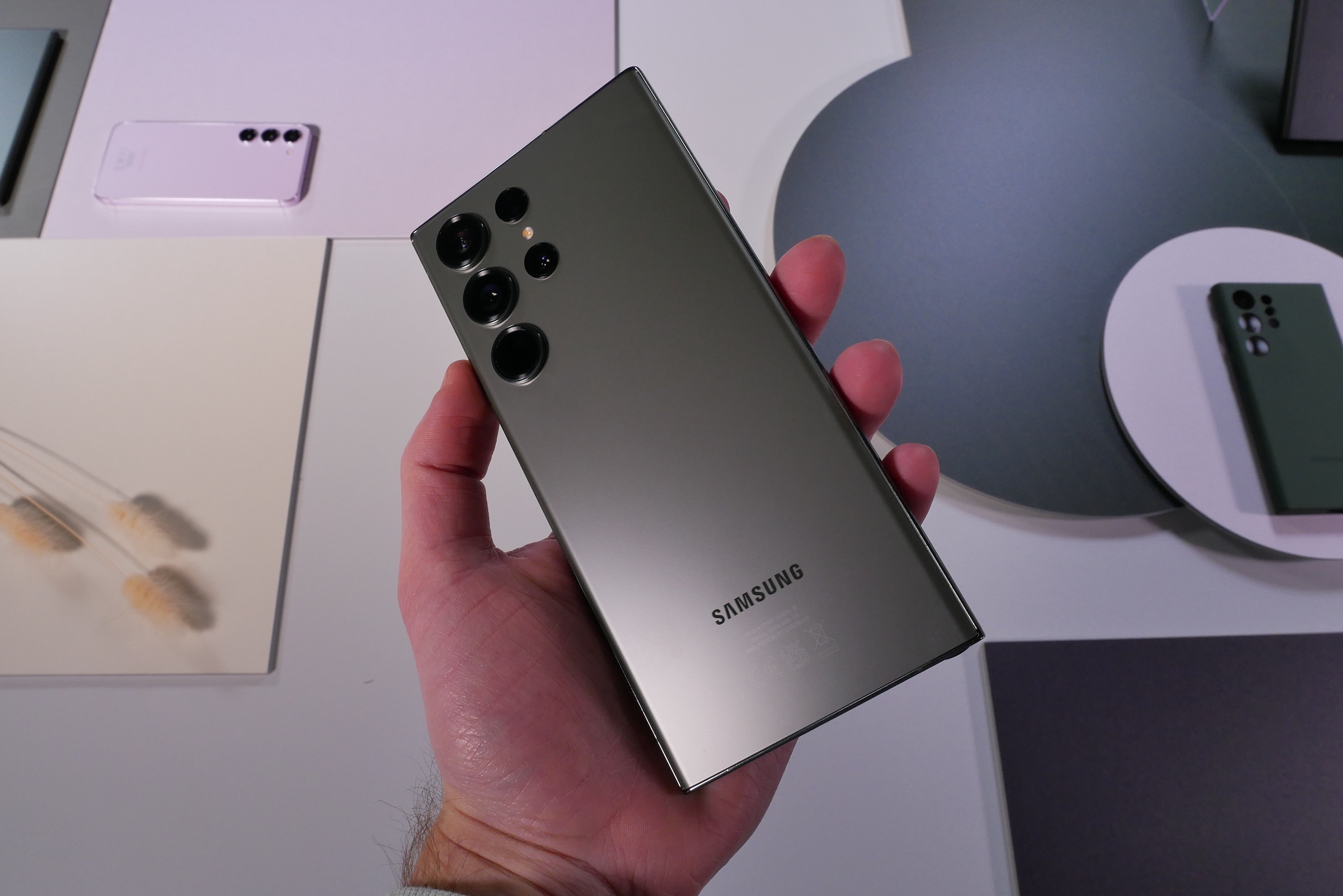
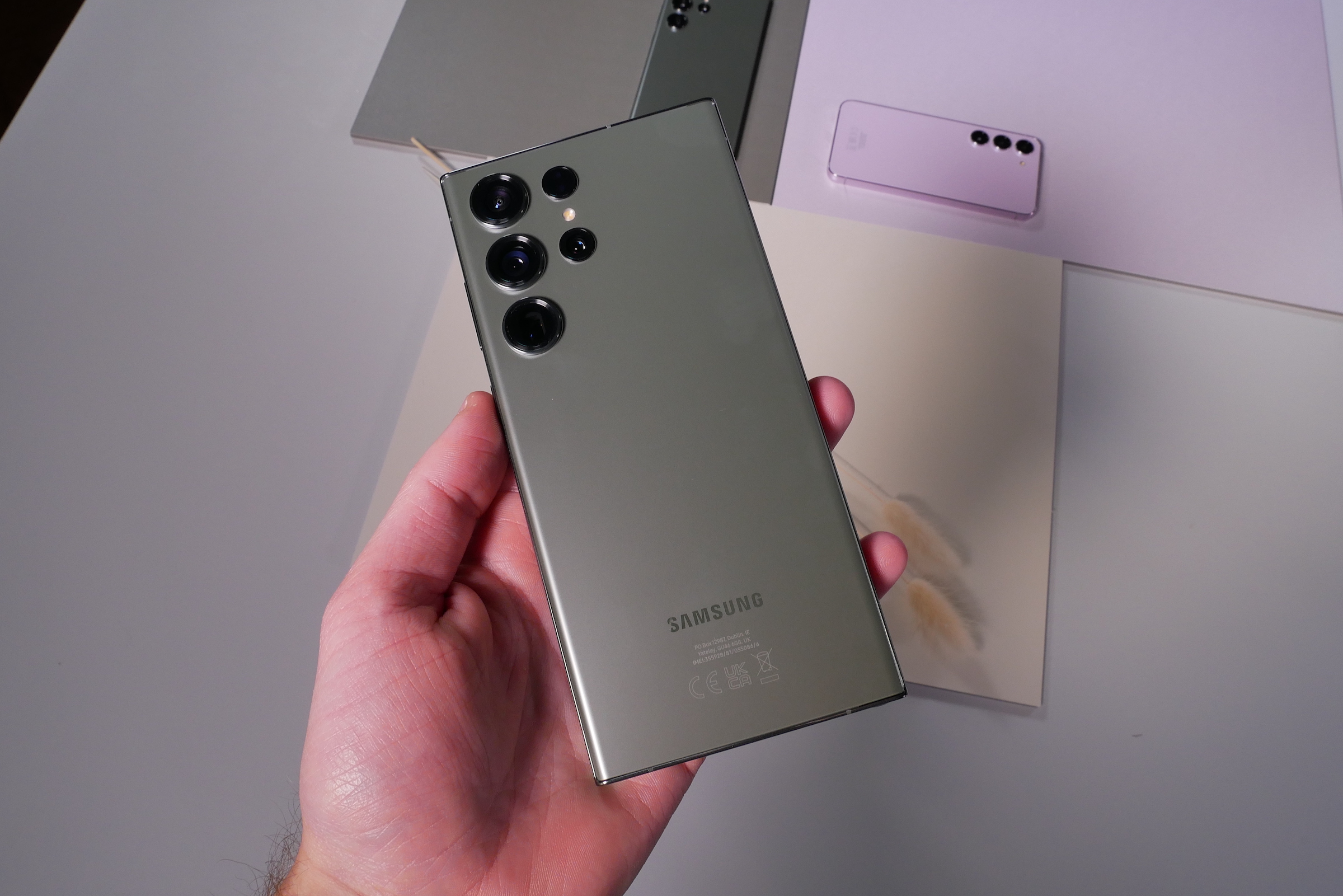

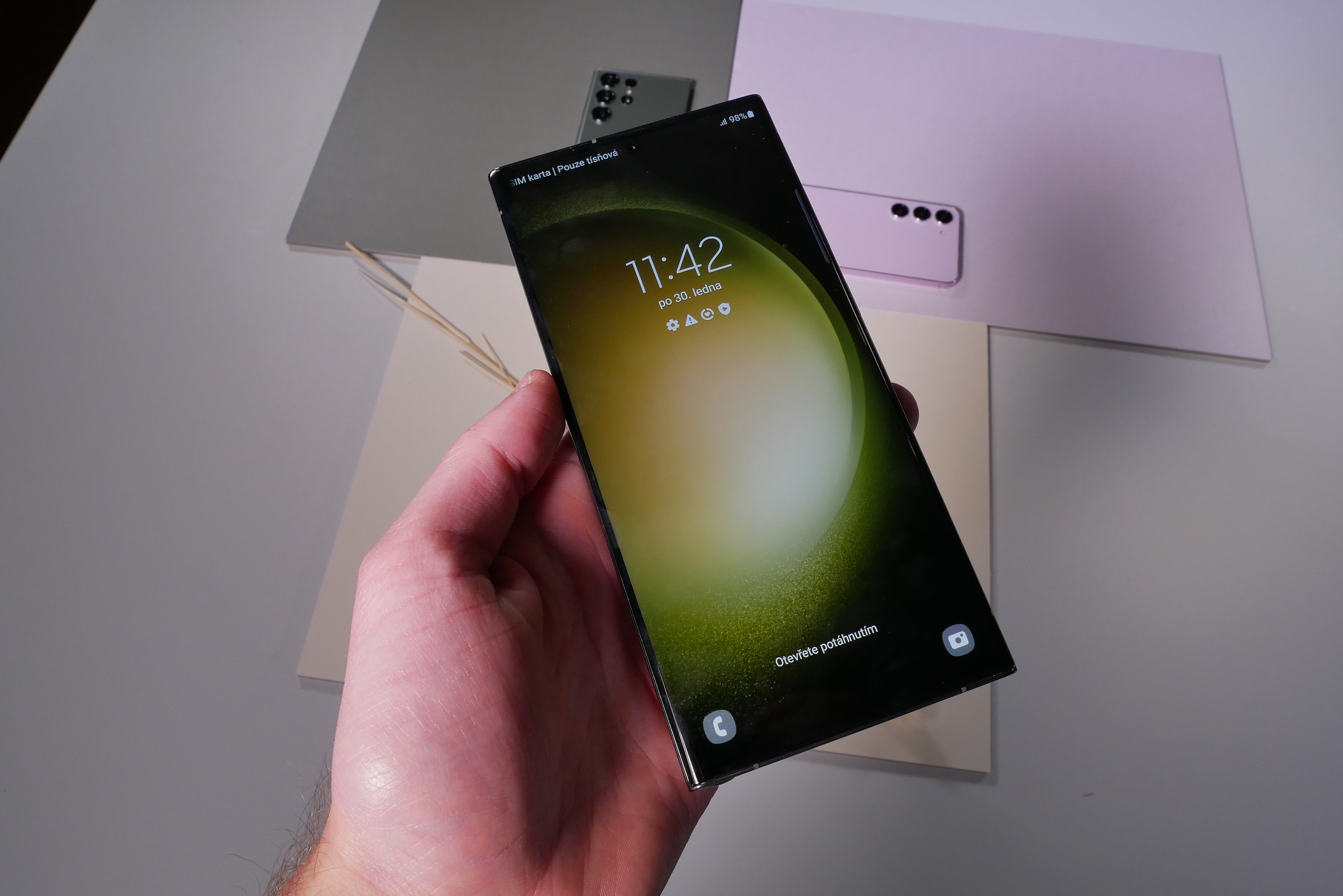
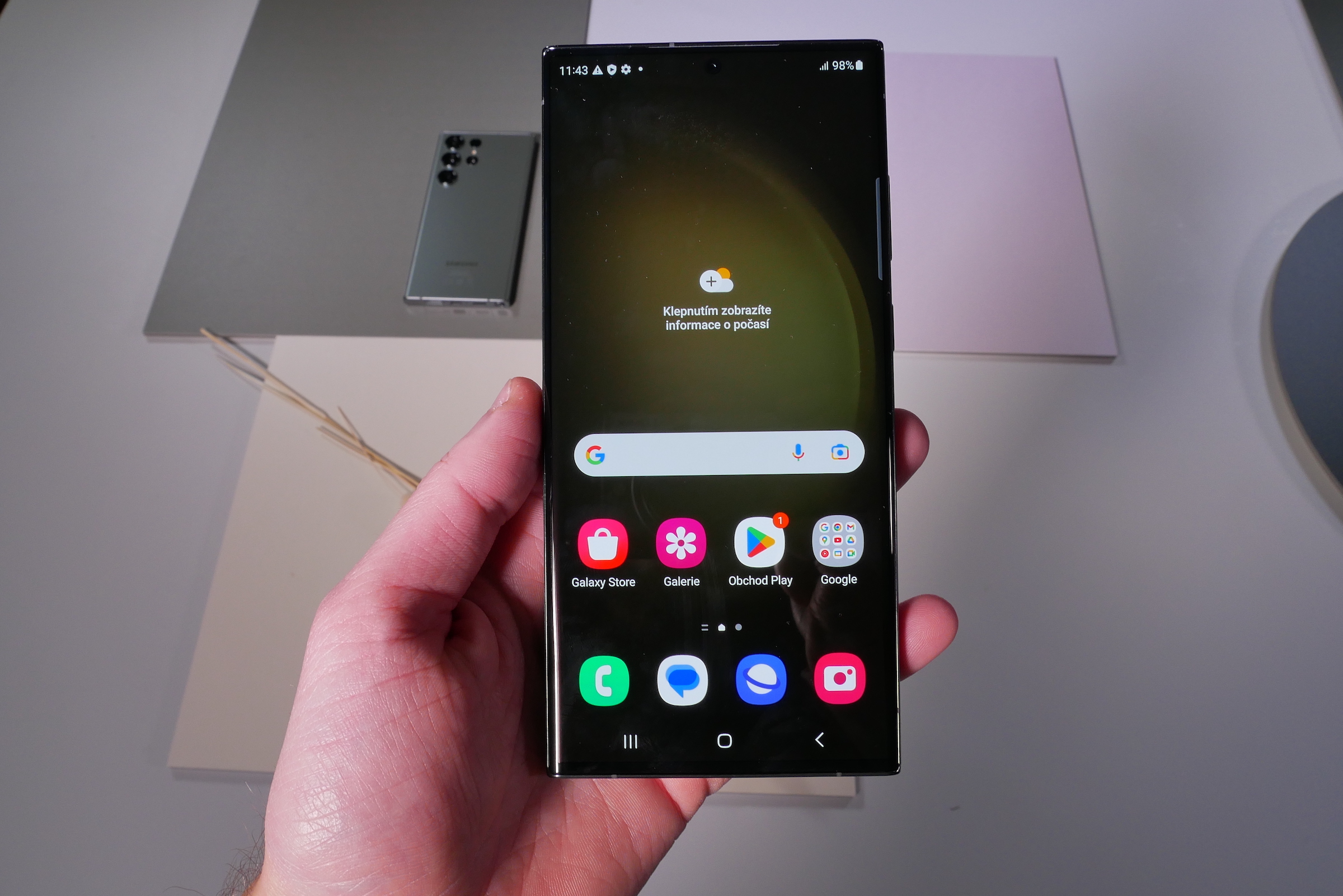
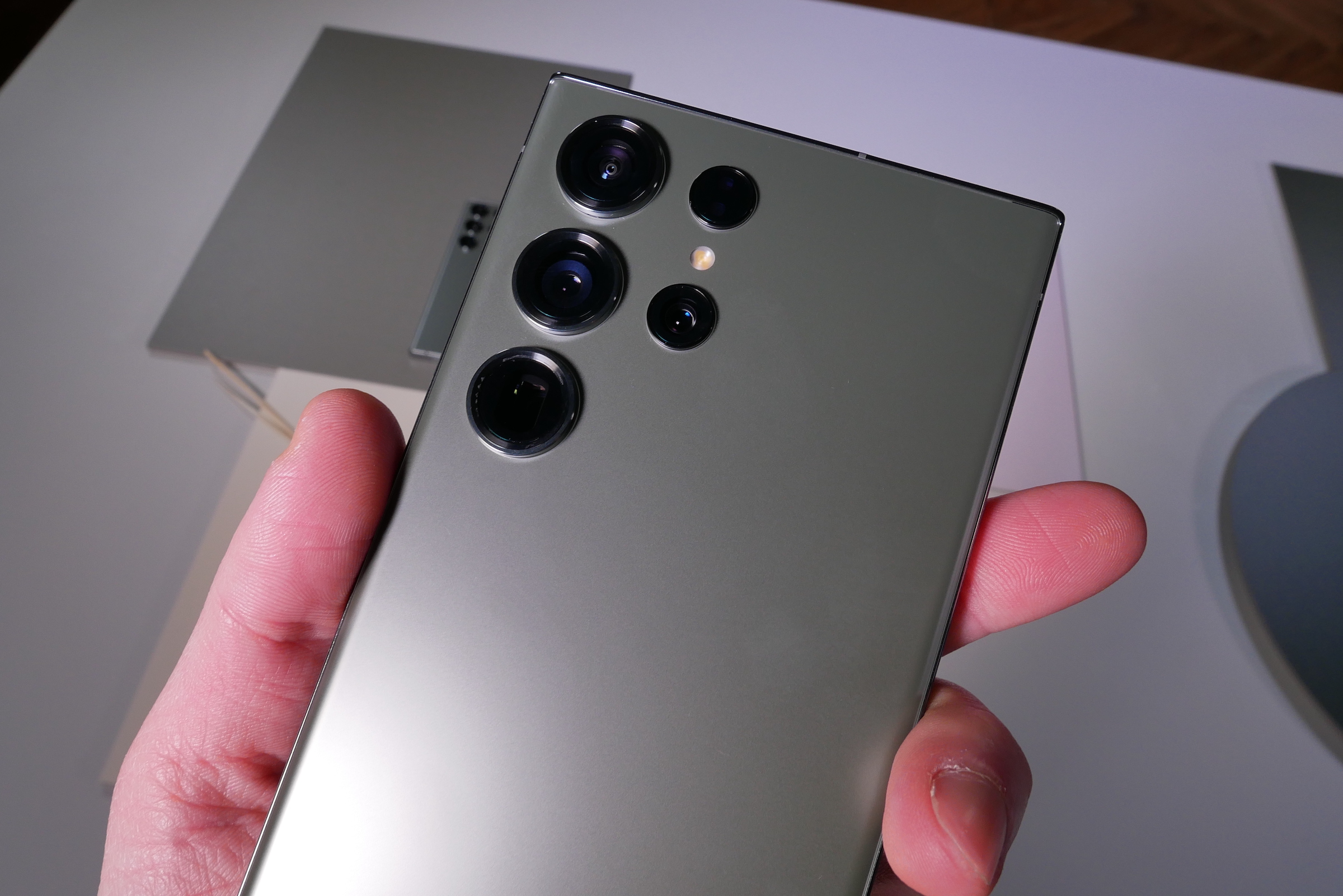
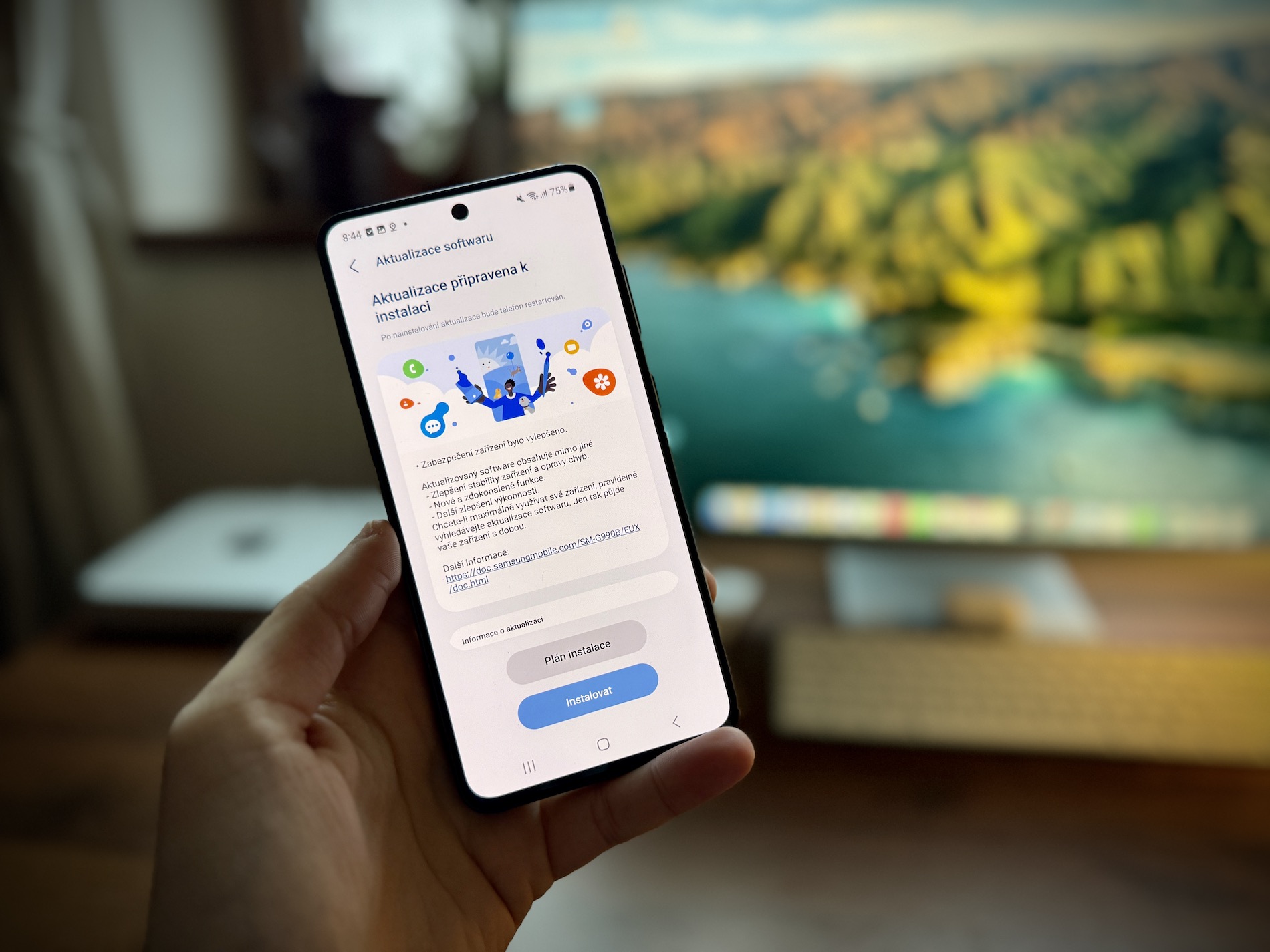

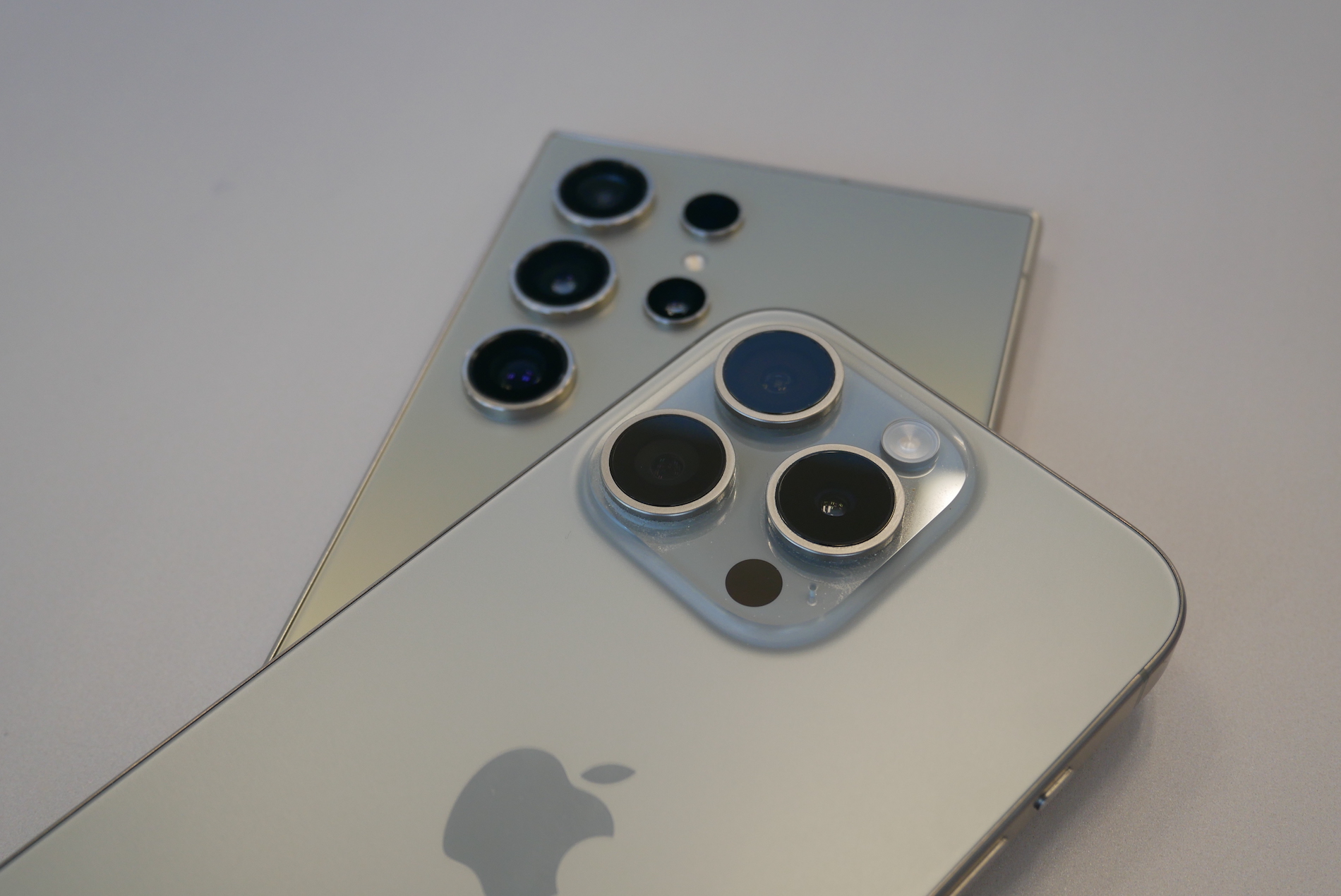

Mediatek those shit? Sure 😀😀😀
I don't understand the language you speak.